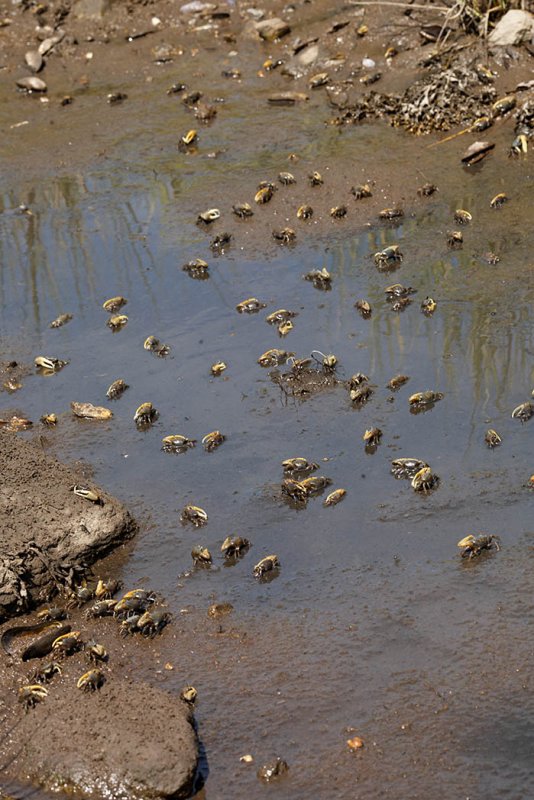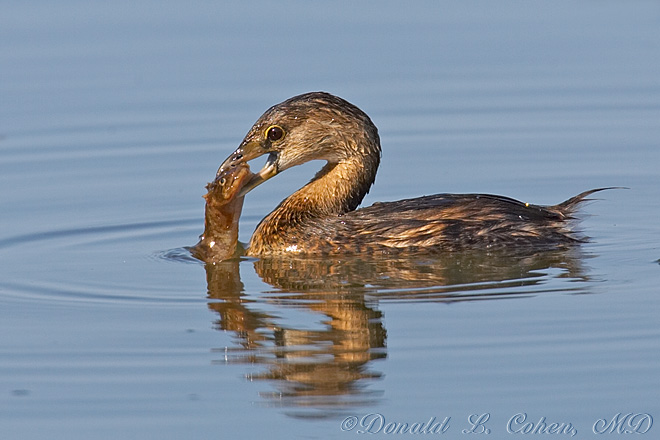Asher Kelman
OPF Owner/Editor-in-Chief
Do you have any images which demonstrate biodiversity. Who are the fisherman, nature observers and divers who can share their images?
Biodiversity does seem like some "P.C." liberal, "tree huggers" term. Actually our lives depend on it! This one term needs to be understood, loved and fought for.
Not only does it make for pretty pictures but it allows each species to have a diverse DNA bank to facilitate robust new generations.
Also many many different species are needed because each is part of a complex balance that allows the sea to work as a shopping cart for other larger fish that we eat and as the cleaners and energy supplies to get the whole shebang to work!
Otherwise, we get just a blook of red, green or purple algae and the fungus and bacteria that can feed on them. A very more replacement for abundanr fish that we can eat!

This coral reef lies in a Marine Protected Area off the coast of Papua New Guinea. Protection of areas which are high in biodiversity, and which fish use as nurseries, would be a priority for safeguarding fish stocks. (Image: ARC COE for Coral Reef Studies/Marine Photobank)
A major international study, pulling together major research from around the world has come up with frightening conclusions about the rate of collapse of wild fish polulations. The evidence appears solid and the conclusions important,
http://news.bbc.co.uk/2/hi/science/nature/6108414.stm
We get pictures of terrestial wildlife. Now let's have the creatures of the rivers, seas and oceans!
Asher
Biodiversity does seem like some "P.C." liberal, "tree huggers" term. Actually our lives depend on it! This one term needs to be understood, loved and fought for.
Not only does it make for pretty pictures but it allows each species to have a diverse DNA bank to facilitate robust new generations.
Also many many different species are needed because each is part of a complex balance that allows the sea to work as a shopping cart for other larger fish that we eat and as the cleaners and energy supplies to get the whole shebang to work!
Otherwise, we get just a blook of red, green or purple algae and the fungus and bacteria that can feed on them. A very more replacement for abundanr fish that we can eat!

This coral reef lies in a Marine Protected Area off the coast of Papua New Guinea. Protection of areas which are high in biodiversity, and which fish use as nurseries, would be a priority for safeguarding fish stocks. (Image: ARC COE for Coral Reef Studies/Marine Photobank)
A major international study, pulling together major research from around the world has come up with frightening conclusions about the rate of collapse of wild fish polulations. The evidence appears solid and the conclusions important,
http://news.bbc.co.uk/2/hi/science/nature/6108414.stm
We get pictures of terrestial wildlife. Now let's have the creatures of the rivers, seas and oceans!
Asher












